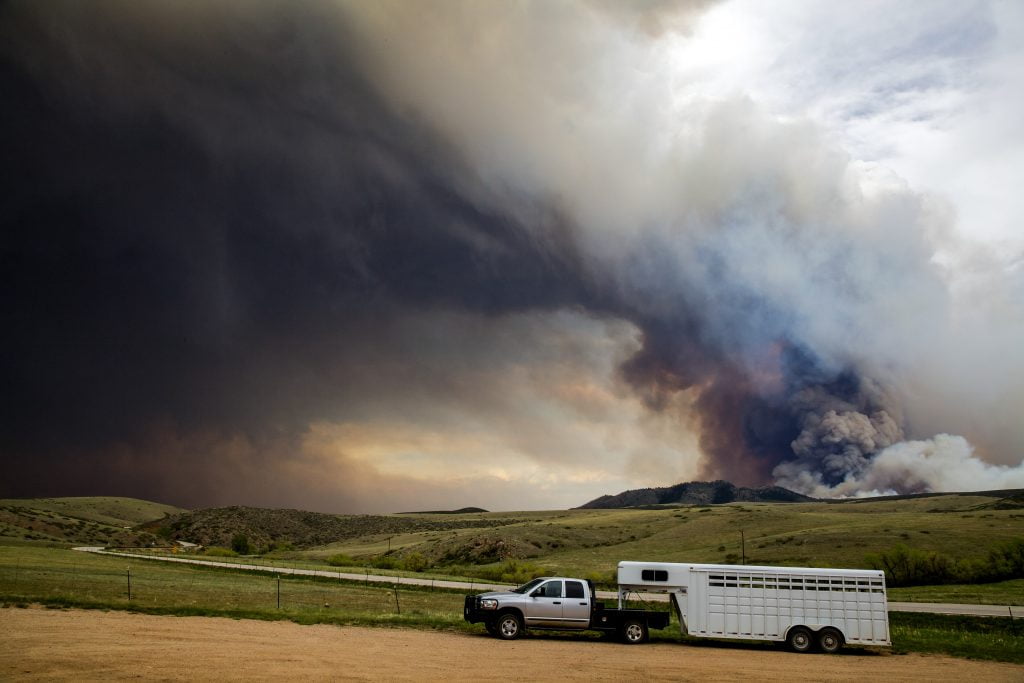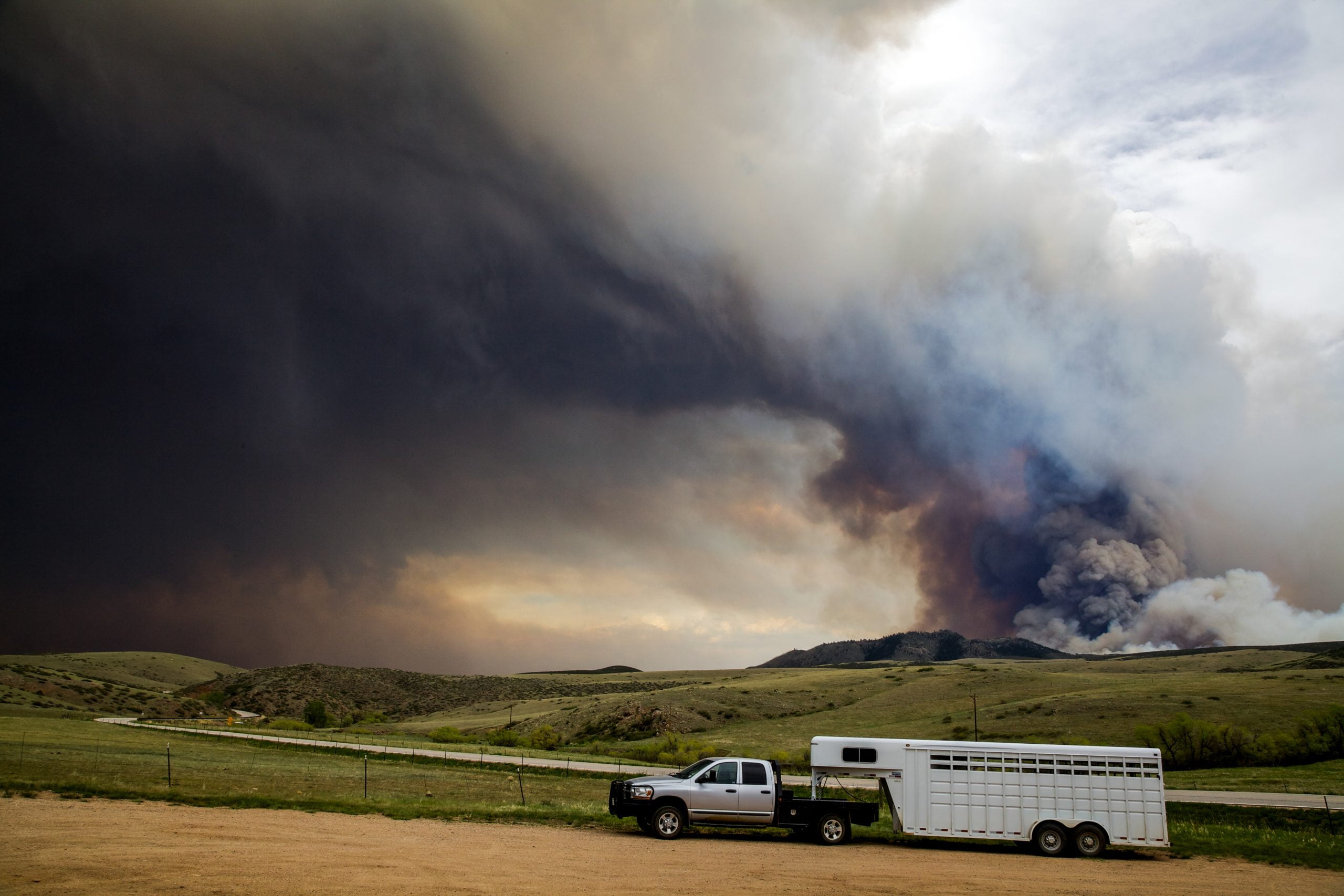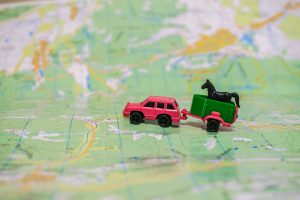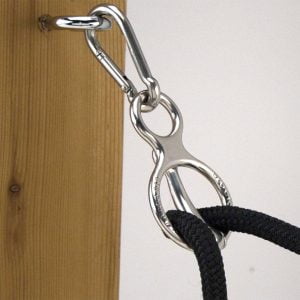If you live in an area where fires, earthquakes, hurricanes, flooding, and other disasters are a possibility, an evacuation plan is a necessity for your animals, especially your horses. Take these steps to create your horse evacuation plan.
- Have an Identification Collar for each Horse: This is where you write important contact information. It should include your contact information and information for your vet and horse shoer. If you are at a boarding stable, it’s important the collar is in a place that everyone has access to so that if others need to evacuate your horse, they can put it on in your absence. You can order yours HERE
- Have Transportation Arranged: If you have your own horse trailer and don’t use it regularly, make sure that you keep it maintained and in good working order. If you don’t have a trailer, it would be a good plan to make a list of your friends who do have horse trailers so you have someone to call in an emergency. If you are at a boarding stable, see if they have a organized evacuation plan in place and if not, initiate one. Our county has a program called LART (large animal rescue team) composed of volunteers who are on a phone tree to be called in case of emergency.
- Know where the local large animal evacuation centers are. Your local animal control can advise you on the locations in your area but most likely it will be a fairgrounds, racetrack or equestrian center.
- Keep Emergency Supplies readily available for quick transport. Keep your trailer stocked with a horse first aid kit, extra halter, and buckets. Also, be sure to keep extra feed on hand to be transported readily in case of emergency.
- Practice your plan. A most important part of this to be work with your horse on getting into the trailer. There is nothing scarier than to have an emergency situation and your horse won’t load into the trailer. In an evacuation setting emotions are running high and those horses that won’t load risk being left behind or turned loose to be saved.
- As an extra safety measure, microchip your horse. In the unlikely event that your horse collar gets separated from your horse, you want a back up identification in place. This not only is good for an evacuation scenario but is also a protection against theft of your horse.





